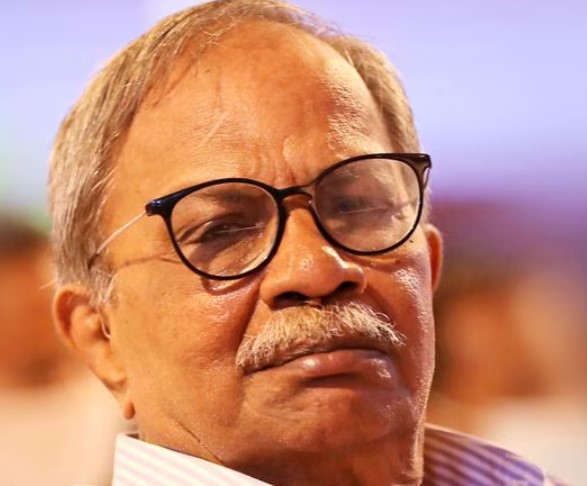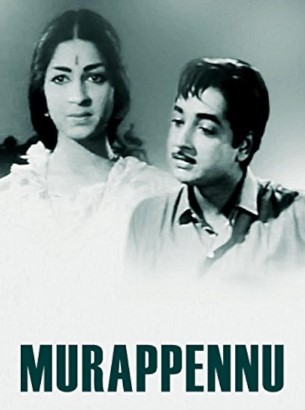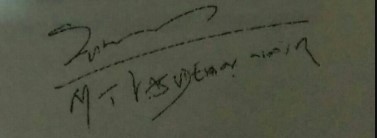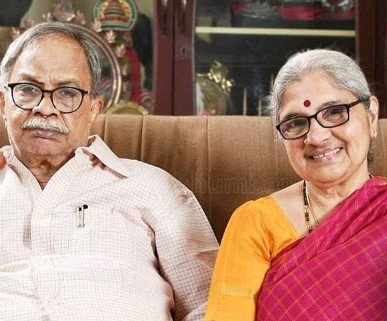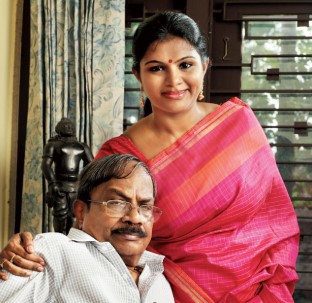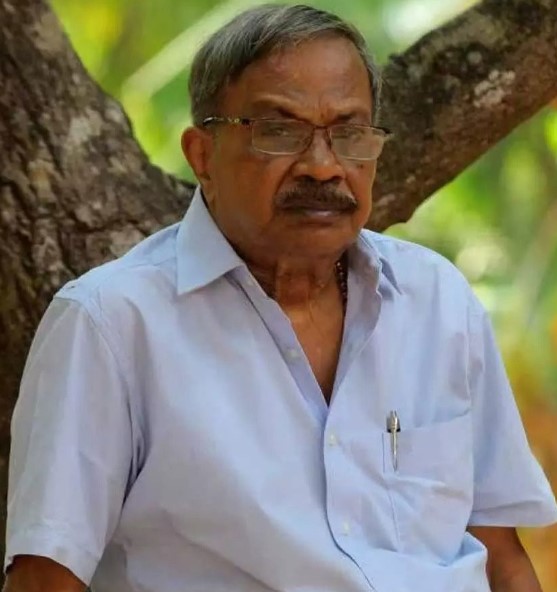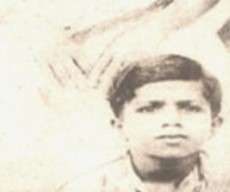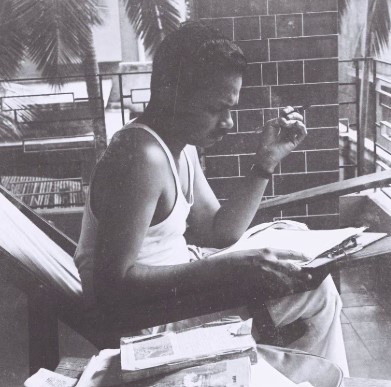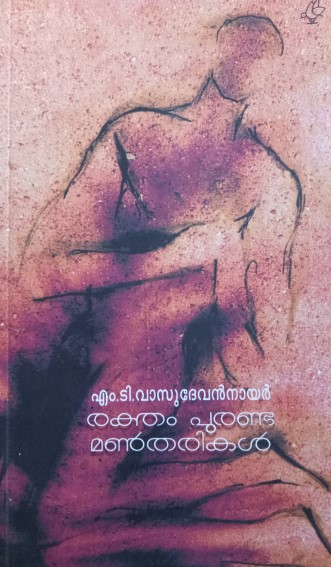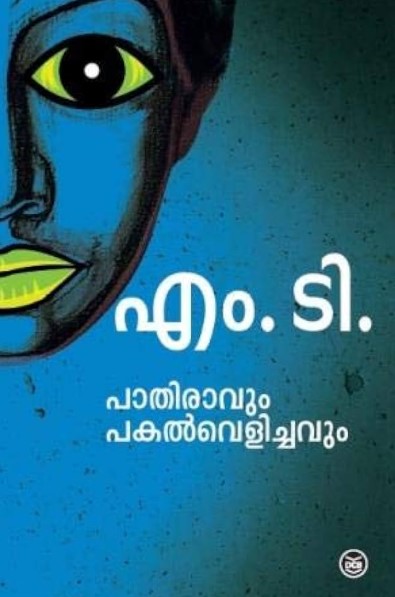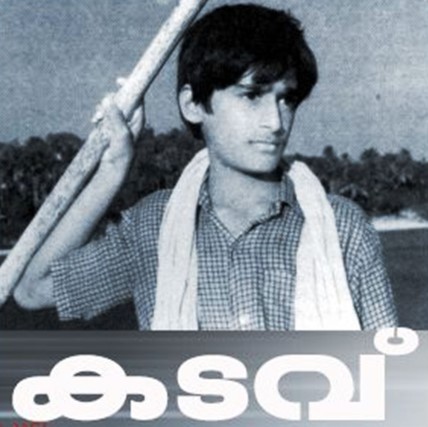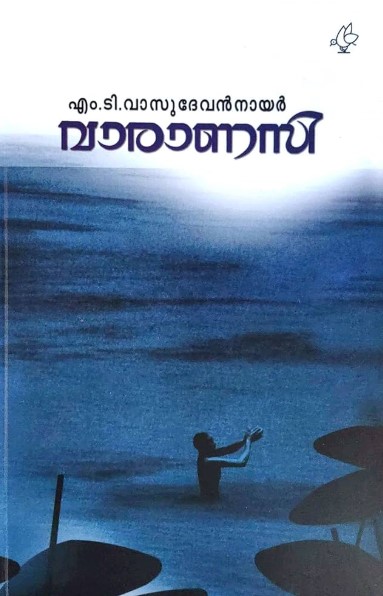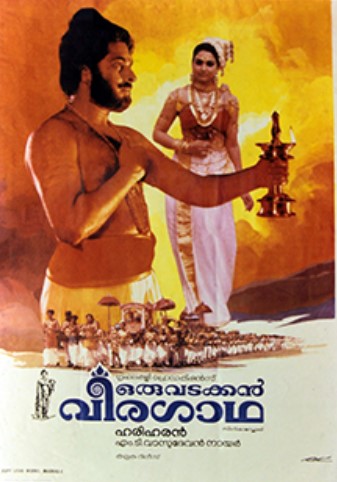M. T. Vasudevan Nair Age, Death, Wife, Children, Family, Biography
Quick Info→
Age: 91 Years
Death Date: 25/12/2024
Death Cause: Age Related Illness
Some Lesser Known Facts About M. T. Vasudevan Nair
- His father lived in Ceylon (now Sri Lanka). He spent his childhood in Kudallur and Punnayurkulam (now in Thrissur district, Kerala).
- M. T. Vasudevan Nair started writing at an early age and published his work in magazines.
- He stopped studying after high school but resumed college in 1949.
- From 1955 to 56, he worked at M.B. Tutorial College in Palakkad.
- He then worked as a gram sevak at a block development office in Taliparamba, Kannur.
- In 1957, M. T. Vasudevan Nair joined Mathrubhumi Weekly as a sub-editor.
- Nair started writing at a young age. He was inspired by his elder brothers and poet Akkitham Achuthan Namboothiri, his high school senior.
- Initially, he began writing poetry but later shifted to prose writing.
- His first published work was an essay titled Pracheenabharathathile Vaira Vyavasayam (The Diamond Industry of Ancient India) in the biweekly Keralakshemam.
- His first story, Vishuvaghosham, was published in 1948 in the Chitrakeralam magazine.
- His first book, Raktham Puranda Manaltharikal, was published in 1952.
- While studying at Victoria College, Palakkad, he won his first literary prize in 1954.
- After that, his story Valarthumrigangal (Pet Animals) won first prize in the World Short Story Competition held by The New York Herald Tribune, Hindustan Times, and Mathrubhumi.
- His notable story collections included Iruttinte Athmavu (Soul of Darkness), Olavum Theeravum, Bandhanam, Varikkuzhi, Dare-e-Salam, Swargam Thurakkunna Samayam, Vaanaprastham, and Sherlock.
- During his period at Vanaprastha, he explored the bond between a teacher and a student for many years.
- M. T. Vasudevan Nair believed that the short story was a form where a writer could achieve near perfection in writing.
- In 1956, he joined Mathrubhumi Group of Publications as editor of periodicals and chief editor of Mathrubhumi Illustrated Weekly.
- He directed 7 films and wrote screenplays for about 54 Malayalam films.
- In 1957, his debut novel Pathiravum Pakalvelichavum (Midnight and Daylight) was published in Mathrubhumi Weekly.
- In 1958, his first major novel, Naalukettu (The Legacy), showed the decline of a typical Nair joint family and their ancestral home, the Nālukettu.
- It later became a masterpiece in Malayalam literature and won the Kerala Sahitya Akademi Award in 1959.
- According to Nair, he was born in a peaceful village which was situated at the Nila River. The environment of his village influenced his work.
- M. T. Vasudevan Nair often credited the nature and rivers of his village as key inspirations for his writing. The changing landscape, cultural shifts, and social tensions of his village Valluvanad formed the base of many of his stories.
- He explored themes like the decline of traditional family systems and community struggles.
- His writing, which spanned the second half of the 20th century, reflected the major social, cultural, and economic changes of that time.
- In 1960, he co-authored the novel Arabi Ponnu (The Gold of Arabia) with N. P. Mohammed. They stayed in Karuvarakkundu village, Malappuram, for two weeks to complete the book.
- M. T. Vasudevan Nair then authored two books on writing craft including Kaathikante Panippura and Kaathikante Kala and wrote two travelogues titled Manushyar Nizhalukal and Aalkkoottathil Thaniye.
- In the 1960s, Nair gained recognition as a writer when the era of social realism had ended.
- Unlike his senior writers like Thakazhi, Vallathol, and Kesavadev, who focused on class struggles and social conflicts, Nair believed such themes had become irrelevant to modern Kerala.
- The characters in his stories were often individuals who were struggling with personal conflict, rather than heroes who were seen fighting for societal issues.
- He and T. Padmanabhan wrote early modern Malayalam short stories in the Renaissance era and used newer styles from the late 1950s and 1960s.
- He then published many novels such as Parinde (Birds) in 1956 and Manju (Mist) in 1964.
- In 1965, Nair wrote his first screenplay for the film Murappennu, which was based on his story Snehathinte Mukhangal. The film was praised for its strong plot.
- M. T. Vasudevan Nair was the first Malayalam writer to treat screenwriting as a visual art with its own rules. According to him, film scripts were a unique genre.
- In 1973, Nair directed the film Nirmalyam, which won the National Film Award for Best Feature Film.
- He then went on to direct many films including Bandhanam (1978), Kadavu (1991), and Oru Cheru Punchiri (2000). Kadavu won many awards at international film festivals.
- He had worked on documentaries and a TV series and wrote songs for the 1981 film Valarthumrugangal.
- In 1984, in his novel Randamoozham, Nair told the Mahabharata from Bhima’s perspective. He focused on his psychological depth. The novel reinterpreted the story and elaborated on the silences and gaps, which were seen in the original epic. He offered a unique view of the Mahabharata characters.
- His screenplays often highlighted the social and cultural issues in Kerala like loss of human values, identity crisis, and alienation. Some of his films based on this concept included Kanyakumari (1974), Aaroodam (1983), and Sadayam (1992).
- Nair’s work focused on the effective utilisation of environment and geography along with the language.
- M. T. Vasudevan Nair won the National Film Award for Best Screenplay four times for the films Oru Vadakkan Veeragatha (1989), Kadavu (1991), Sadayam (1992), and Parinayam (1994).
- In 1995, Nair adapted Naalukettu into a television film for Doordarshan. It won the Kerala State Television Award in 1996.
- His novel Parinde was adapted into a Malayalam film in 1983 by Nair and a Hindi film titled Sharad Sandhya in 1982.
- In his work, he focused on eco-feminist themes and focused on patriarchal oppression and exploitation.
- In his novel Kaalam, Nair wrote about the decaying joint-family system in Kerala. He portrayed societal changes in post-independence India.
- In 2002, in his novel Varanasi, he wrote about Sudhakaran, a man in his sixties recovering from surgery, who moved to Varanasi after receiving a letter from his late professor.
- Reportedly, the novel lacked a traditional plot structure but was praised by many scholars. It faced criticism from critic and painter M. V. Devan.
- He had worked as the President of Kerala Sahitya Akademi, Chairman of Tunchan Memorial Trust, and Executive Member of Kendra Sahitya Akademi.
- He gave new twists to historical stories such as presenting a different view of the legend of Chandu in the 1989 film Oru Vadakkan Veeragatha in which he showed his perspective of being unfair.
- M. T. Vasudevan Nair served as the chairman of the Indian Panorama at the 46th National Film Awards and was associated with various film organizations such as the Film Finance Corporation and National Film Development Corporation.
- He had taught at the Film and Television Institute, Pune.

